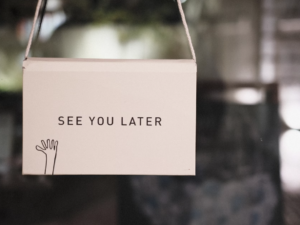The blank page is every author’s worst enemy, the blinking cursor like a gnat that won’t go away. And whether you identify as a writer or not, starting the process is daunting.

Luckily, it can be as easy as answering three simple questions:
1. Who is my audience?
This is the most important question regardless of what you are writing. Your audience should dictate everything about your prose, from the language you use to what is included. For proposal writing, you should consider everything you’ve learned about the client prior and use it to your advantage.
For example, if you know your reader is a visual learner, include more infographics and bullet points. If you’re writing to an industry veteran, don’t bother with the history lesson; for the newb, use the past to highlight your future.
2. What do they need to know?
For proposal writing, oftentimes what the client wants to know is provided, but it’s important to distinguish what they want to know and what they need to know.
For instance, if they ask whether your sector has a sustainability platform, you could easily answer yes and move on. You could also answer with countless pages of verbiage related to every sustainability initiative/program known. The key, however, is defining what the client needs to know—and that is often decided by knowing the audience (see step 1).
In this example, based on your research and your relationship with the client/industry, you should know the larger picture for why sustainability is important to them. Figure out the best selling points related to that, and make sure to convey why each specifically matters to the client versus just providing a list of accomplishments.
3. What do I need them to do?
Sometimes we get so lost in the process of bidding that it can be easy to forget why. And, in our forgetfulness, it’s even easier to fail to remember to make sure the client knows why. What was your purpose? Why did you even bother to contact them?
To WIN, of course.
At the bare minimum, your proposal should have at least three areas where there is a call to action. These are moments when you remind the client that they have a problem, and you have a solution. The cover letter, end of the executive summary and last page are the obvious spots for these moments, but don’t negate the prime real estate throughout the body of your proposal.
Any time you are mentioning a focus point is a great time to drive home the concept that your sector has experience in solving that problem and can do it for them—all they’ve got to do is say yes.
***
There it is. Easy as 1, 2, 3. Michael Jackson knew it, and now you do too.

Don’t be sad. We’ll be back on the first Monday next month with a new blog post. If you can’t wait that long—whether because you have a topic you’d love us to cover, a question or you simply want to throw your two cents into the pot—we love talkin’ shop, so drop us a line.






